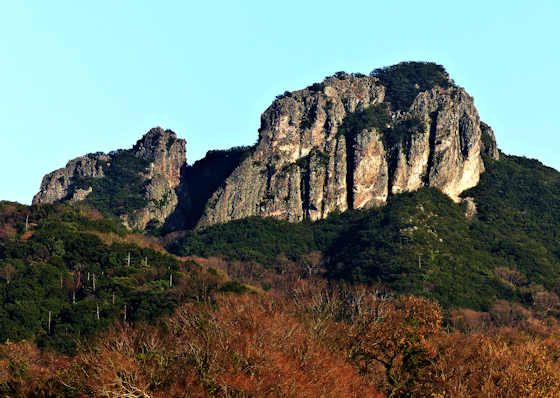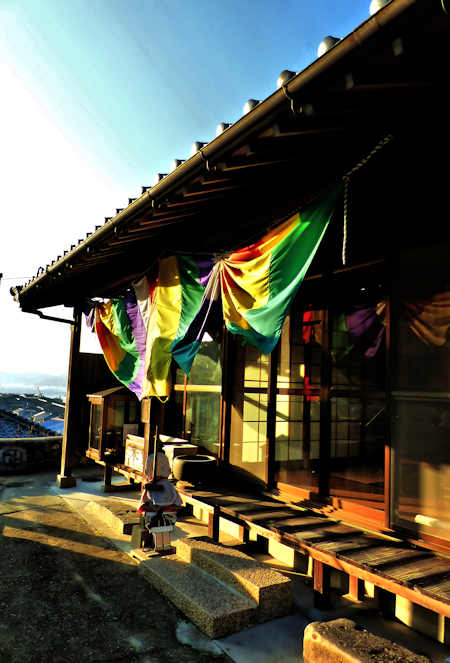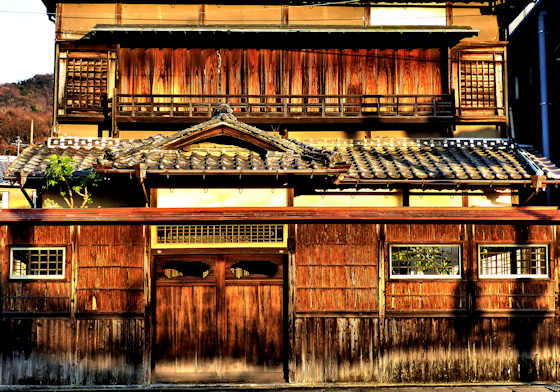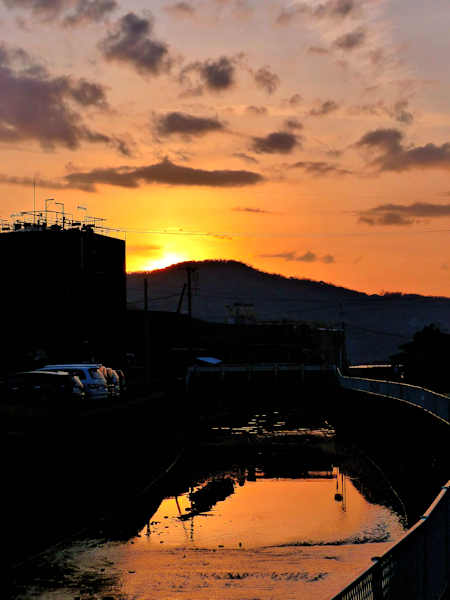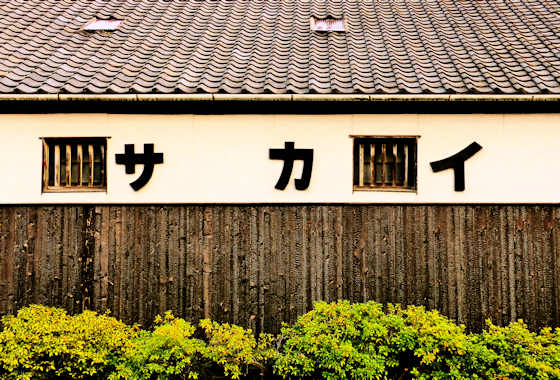Coming down from Unzen Hot Springs towards Obama on the coast of Tachibana Bay, the road is steep and without any settlements until just above the town.
Inori no Sato is sometimes described as a park, sometimes as a roadside rest area, but it looks like some kind of religious roadside attraction with a wide range of statues and altars, and yet is not a temple or shrine.
It is sometimes referred to as Unzen Daibutsu Inori no Sato because of the Buddha statue seen in photo 2, which was made by the same sculptor who created the Ushiku Great Buddha in Ibaraki.
That was a standing figure 120 meters tall, whereas the statue here is a seated figure only 3 meters high including the base.
There are several statues of Kannon, photos 3 & 7, and several Fudo Myo statues, photos 6 & 14.
Under a gazebo in the middle of the park is an impressive statue of a Dragon grasping a golden sphere, photo 5, with a smaller version, photo 8. This is a common symbol across East Asia. The Secven Lucky Gods, shichifukujin, also make an appearance, photo 4.
Various figures from the world of Yokai make an appearance, including a Kappa Pond, photo 9, and a giant red Tengu mask, photo 10.
No overview of Japanese popular religion would be complete without an Inari Shrine, photo 11, a small collection of monkey statues probably related to the Koshin cult, photo 13, and a statue of Shotoku Taishi, photo 12.
There seems to be an emphasis on praying for good luck, success, and other "this worldly benefits", known as genze riyaku in Japanese.
Not shown in these photos is a miniature Shikoku Pilgrimage with 88 small statues, and a pair of "sexual" statues based on Dosojin.
There is no entry fee, though offertory boxes stand in front of all of the statues, and no sect or religion is being pushed. The whole thing was funded by a local businessman, Mr Takujima.
It seems he is the chairman of a successful construction company and Inori no Sato is his attempt to contribute to the well-being and perhaps revitalization of the local area.
The previous post was on the
Unzen Hells.














